How to soundproof a room
Return your home to a place of tranquillity and peace with our how to soundproof a room guide. With fantastic tips to soundproof walls, doors & ceilings.
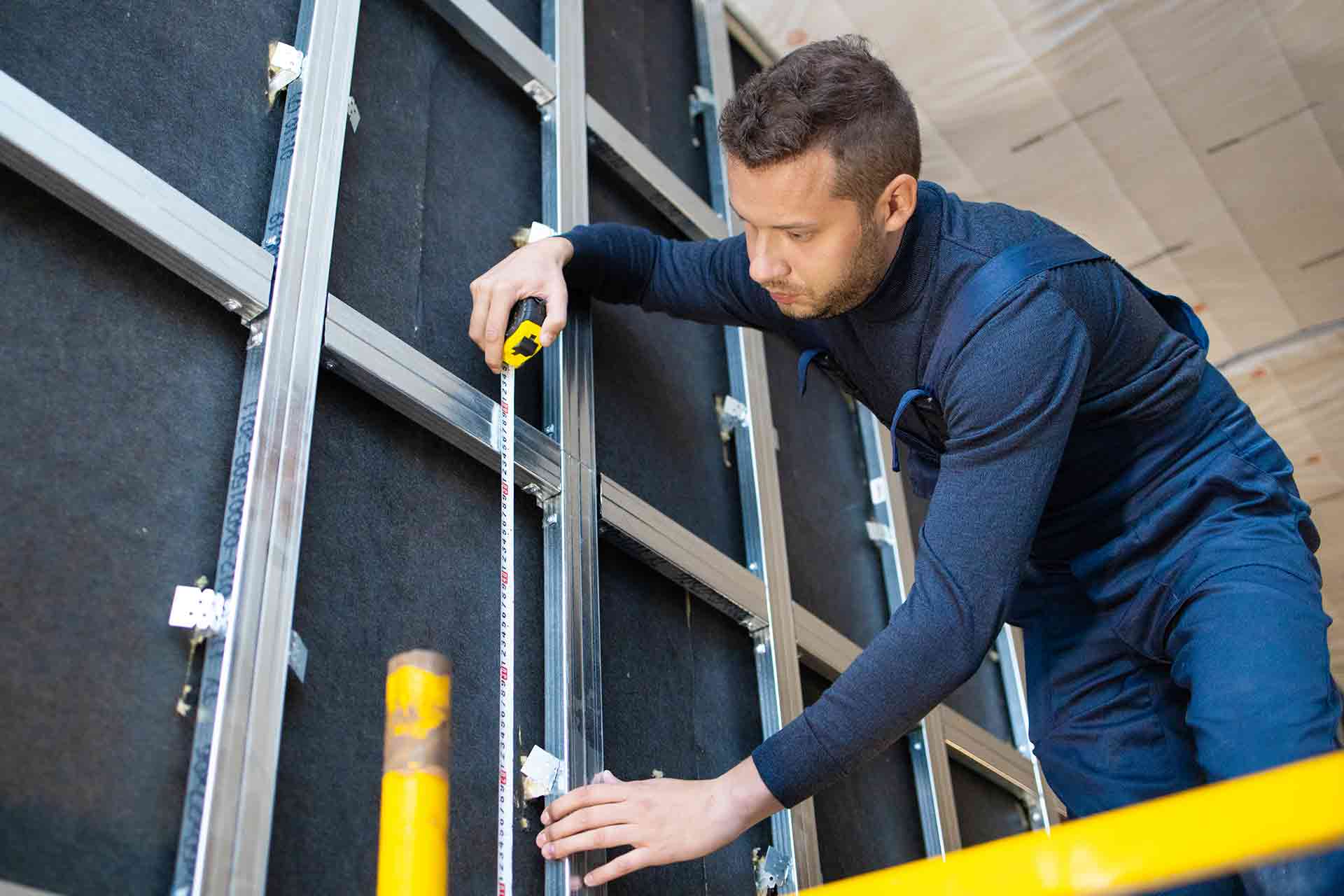
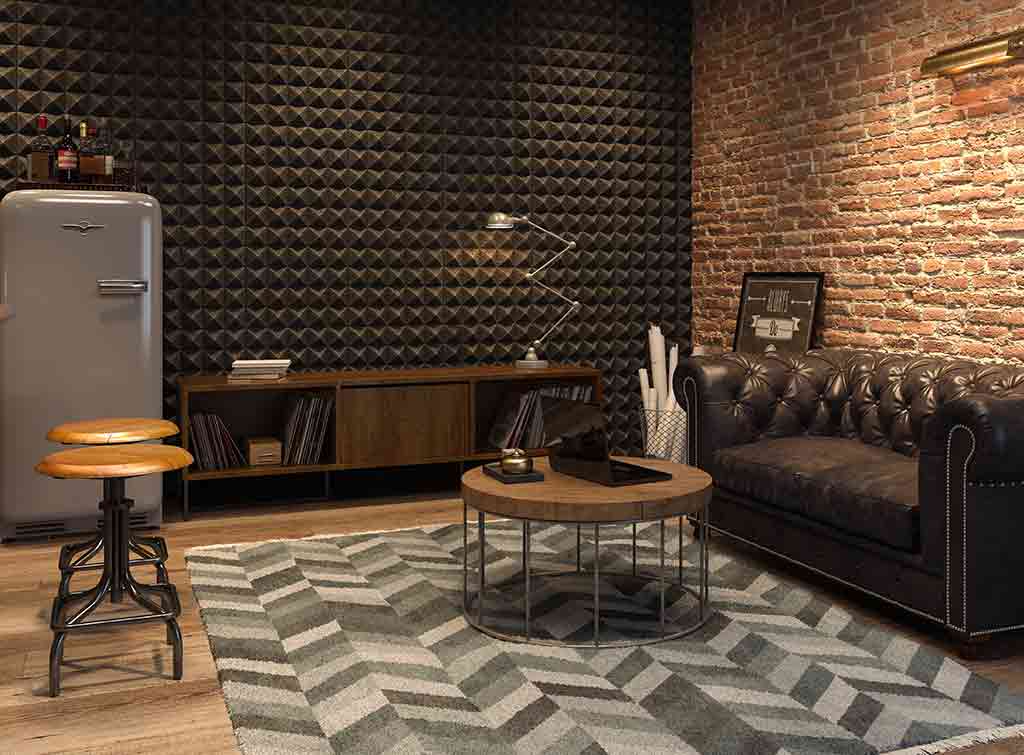 Struggling to block out the noise of loud traffic, neighbours and passers-by? Are your neighbours complaining that you’re making too much noise?
Struggling to block out the noise of loud traffic, neighbours and passers-by? Are your neighbours complaining that you’re making too much noise?
If your walls are thin or you live in a busy neighbourhood, these are all too common problems. Learning how to soundproof a room is one way to give you and your neighbours peace and quiet once again.
Another reason to soundproof your property is if you plan to transform your house into apartments or to take in a lodger. This will give you and other residents privacy and keep your home feeling harmonious. If you are struggling with loud and inconsiderate neighbours, you may also benefit from following the guidelines on this government page.
In this guide, we’ve detailed ways of soundproofing a home, with step-by-step instructions and guidance. Read on for fantastic tips and advice, including sections covering how to soundproof a wall, how to soundproof a door and more.
Methods of soundproofing
There are two different types of noise you can block out:
- Airborne: People chatting, loud TVs and music, washing machines, vacuum cleaners etc.
- Impact: Heavy footsteps, doors being slammed shut, jumping, vibrations from music or domestic appliances etc.
To prevent these sounds from travelling you can consider:
- Absorption: Use materials like fibreglass to absorb soundwaves and stop them from entering your home. This method is best suited to cancelling out high-frequency noises.
- Mechanical decoupling: As sound loves to travel through vibrations, mechanical decoupling prevents surfaces from coming into contact with each other. For example, using rubber pads helps to prevent certain objects from touching the floor, decreasing noise.
- Mass: With this approach, surfaces are made heavier to inhibit soundwaves from vibrating hard surfaces. This prevents sound from penetrating the surface and your home.
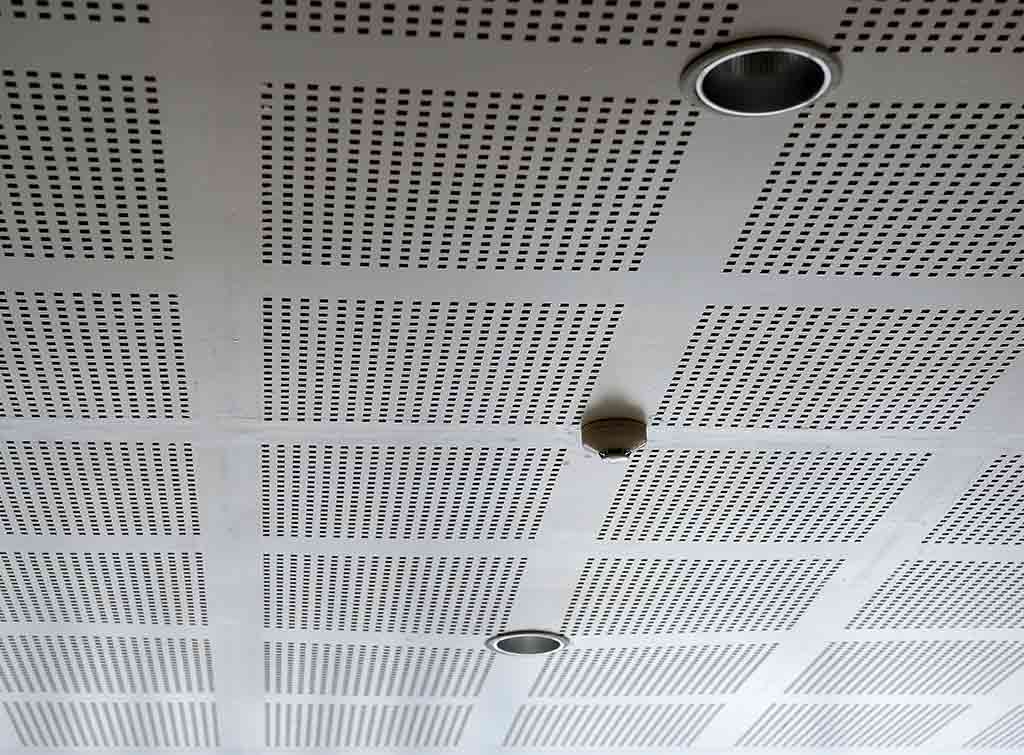 Tools and materials
Tools and materials
Once you have decided soundproofing is the best solution for your noise issue, learning how to soundproof a room yourself can be an exciting project.
You will need to purchase a range of materials and tools, depending on which method of soundproofing you choose, what type of noise you are preventing and what you are soundproofing.
Generally, you will need the following:
- Plasterboard sheets (if plasterboarding)
- Insulation (if insulating)
- Screws
- Screwdriver
- Saw
- Adhesive/green glue
- Plaster (if plasterboarding)
Alternatively, for wall covering:
- Spray adhesive (wear a safety mask)
- Stanley knife
- Handsaw
- Plaster for drylining
- Roller (to apply pressure to help bonding)
How to soundproof a room with insulation
One of the best options for soundproofing is to add insulation to your walls. This will reduce the amount of sound entering and leaving your home. A great choice of material you can use for this project is fiberglass insulation, which can be fitted as follows:
- Firstly, you will need to add your insulation before your walls have been finished.
- Cover both sides of your plasterboard with insulation.
- Fix the insulation in place and then finish your wall.
There are a few other ways to soundproof your home that are affordable and easy to implement. Use the below ideas to keep your home tranquil and private:
- Make sure to fill your rooms with materials that are great for absorbing sound. Use curtains, thick carpeting, upholstered furniture, rugs and soft furnishings.
- A really quick way to make your home soundproof is to cover your walls with mattresses or rugs.
- Use thick rubber pads to cushion the feet of any noisy appliances like washing machines or tumble driers.
- If you are a music lover, it is a good idea to raise your speakers up, so they don’t come into contact with your walls or floors.
- Use weather stripping to reduce sound through doors and any other gaps in your home.
- You can even use water features, white noise machines or fans to drown out loud noises.
How to soundproof windows
One of the main ways sound enters your home is through your windows. Changing to double or even triple glazing, as well as choosing acrylic window frames can cut excess noise in half.
Another option here is to buy deadening drapes. These curtains also help to make your windows more soundproof. You can even choose to use window plugs, a great solution to any noise issues.
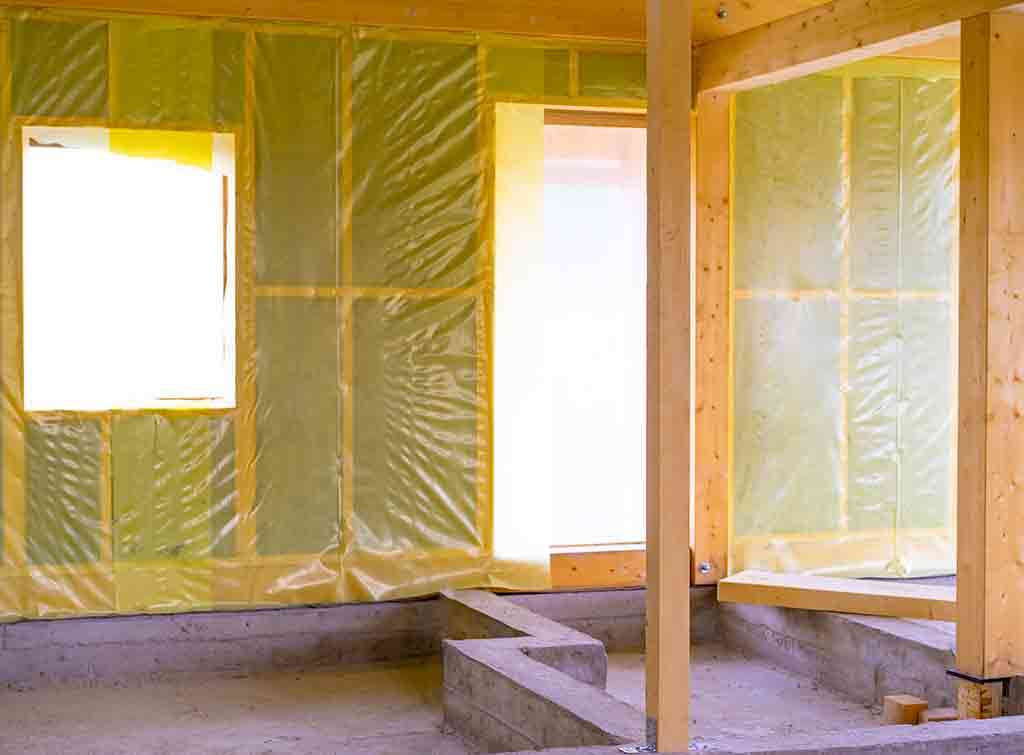 How to soundproof a wall
How to soundproof a wall
We already know that insulation is a fantastic way of soundproofing your home, but another option is to use plasterboard. Choosing to install extra layers of plasterboard, or thicker plasterboard, can help to keep noise in or out of your home.
Follow the below steps to learn how to soundproof a wall:
- Add your new layer of plasterboard then, on the stud side of the wall, seal with silicone caulking to fill any joints.
- Use screws or nails to fix the plasterboard in place.
- Use another layer of silicone caulking, then one more layer of plasterboard.
- For best results, use Green Glue to further reduce noise transference.
If this all sounds overwhelming, then search your postcode below and find a soundproofing professional near you to complete the job.
How to soundproof a door
A brilliant way of improving the soundproofing in your home is to focus on your doors. Start by checking every door in your home to ensure there are no gaps and the fit is snug.
You can also purchase weather seals to cover gaps or holes in your doorframes. Alternatively, if your doors are of poor quality, it may be time to replace them with solid wooden doors for extra soundproofing.
How to soundproof a ceiling
Many ceilings aren’t great at preventing sound from reaching higher floors in your home. If you are unsure how to soundproof a ceiling, the best option is to fit a false ceiling. This is a second ceiling that is attached to your current ceiling with bars. This makes a cavity between both ceilings, preventing sound from travelling through.
This is a very complicated job so we would recommend hiring a professional to fit a new false ceiling. In fact, it is much simpler to soundproof the floor of the rooms above instead. This can be done using specific soundproof matting.
How to soundproof a wall that’s already built
Taking down a wall to soundproof it is a messy and tricky job, but it is possible to learn how to soundproof a wall already built. The best way to do this is to add a layer of material covering your walls. Choose from dedicated wall covering for great results, or for an easier solution, simply hang a carpet or rug over your wall.
Another option that is very effective but more costly, is to hire a professional to blow foam or paper insulation into your walls to prevent sound from travelling between your home and your neighbour’s home.
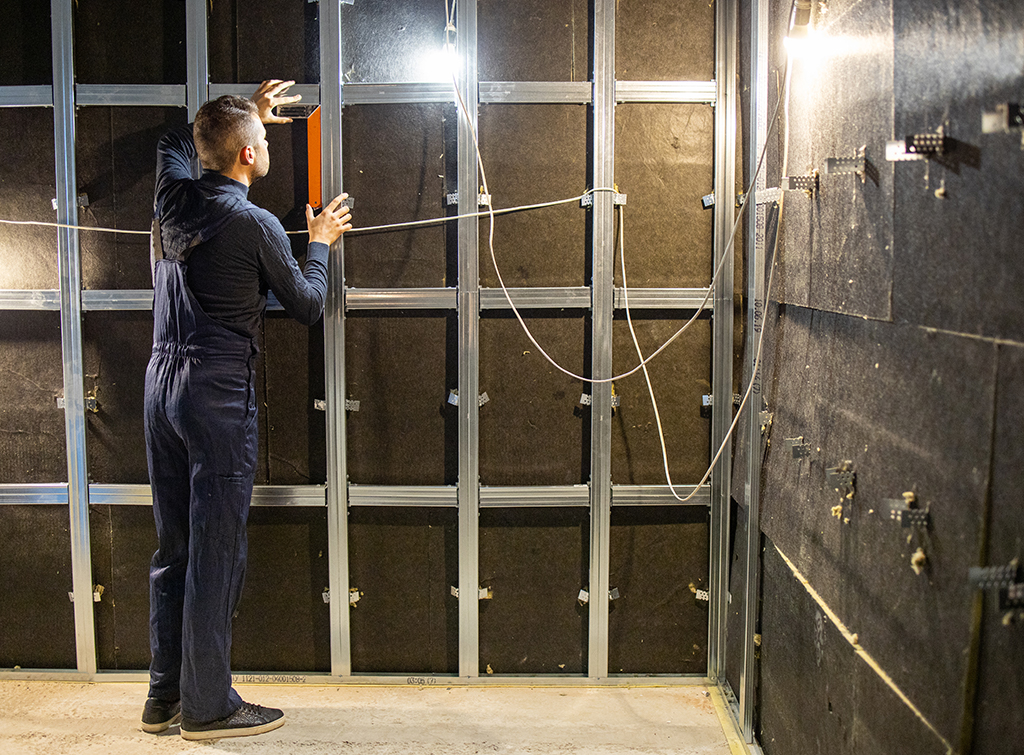 Should I hire a professional?
Should I hire a professional?
It is essential that you know exactly what the source of your noise issue is, how it is entering your home and what type of noise you wish to prevent, before figuring out how to soundproof a room.
The best way to be certain of this is to hire a soundproofing company to conduct a survey of your property. This way you can maximise your soundproofing efforts.
Alternatively, if this project feels a little too technical for your DIY skill level, hiring an expert will guarantee the job is done quickly and to a high standard. In fact, using our free search feature is a brilliant way to connect with local, trusted tradespeople.
How much does soundproofing cost professionally?
Our soundproofing a room cost guide is the perfect resource for anyone looking to hire a professional soundproofer. Full of prices, guidance and tips, why not take a look today? To give you a rough idea, the following are the average prices for professional soundproofing:
- Fixing a new wall on to an existing wall – £1,200
- Fixing a rubber mat and plasterboard on to an existing wall – £1,000
- Filling an existing stud wall with rock wool and replacing the plasterboard – £1,000

We check the reviews on Checkatrade are from real people, and that trades meet our high standards.
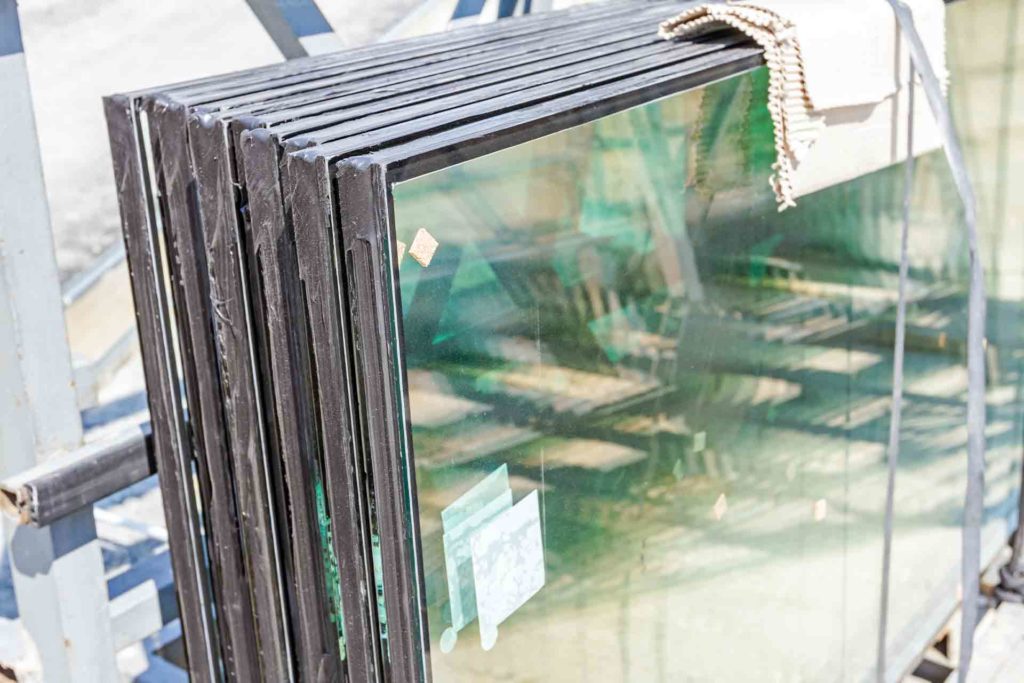
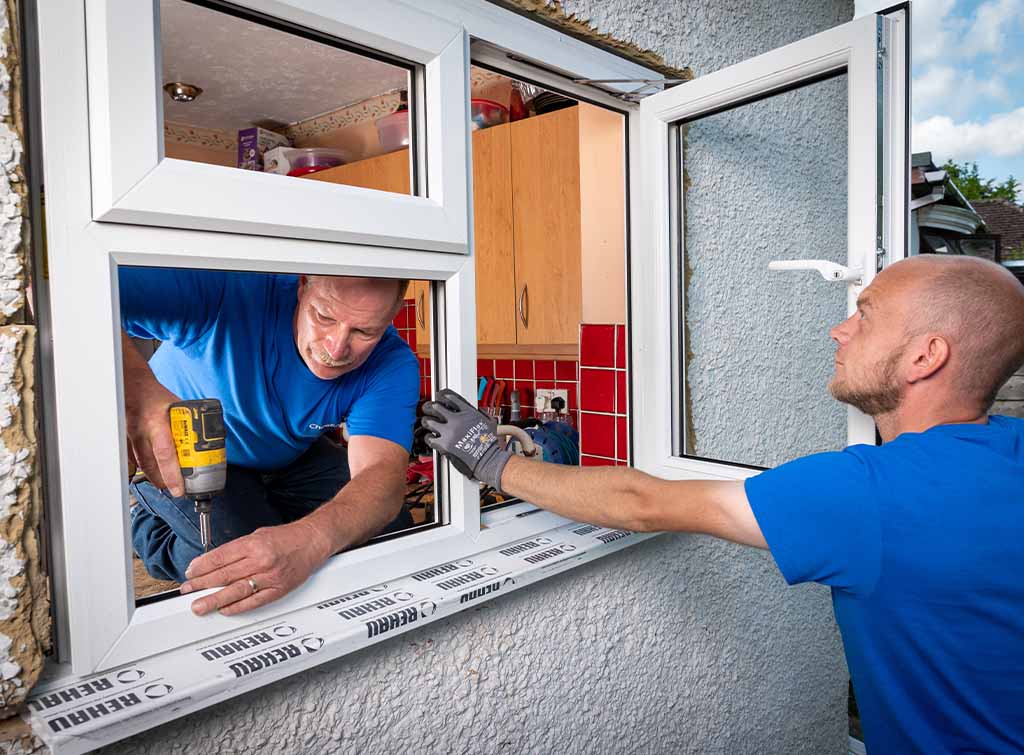
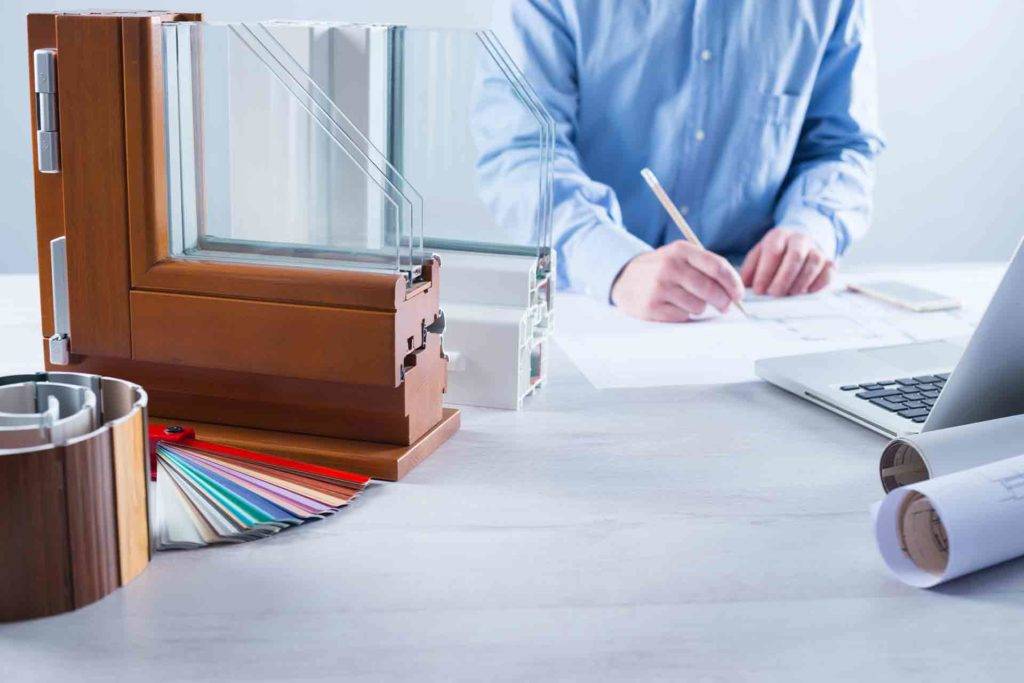
No comments yet!